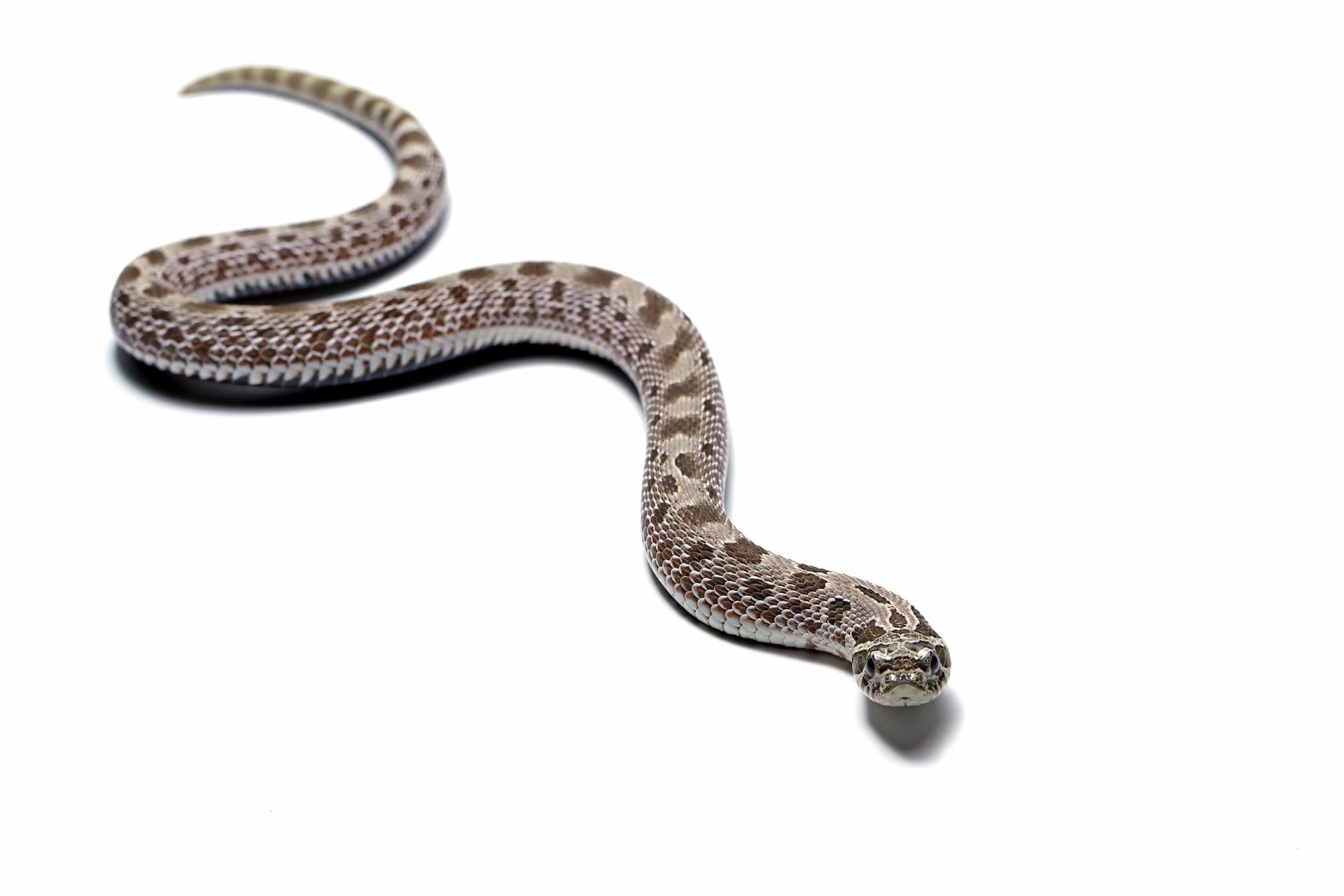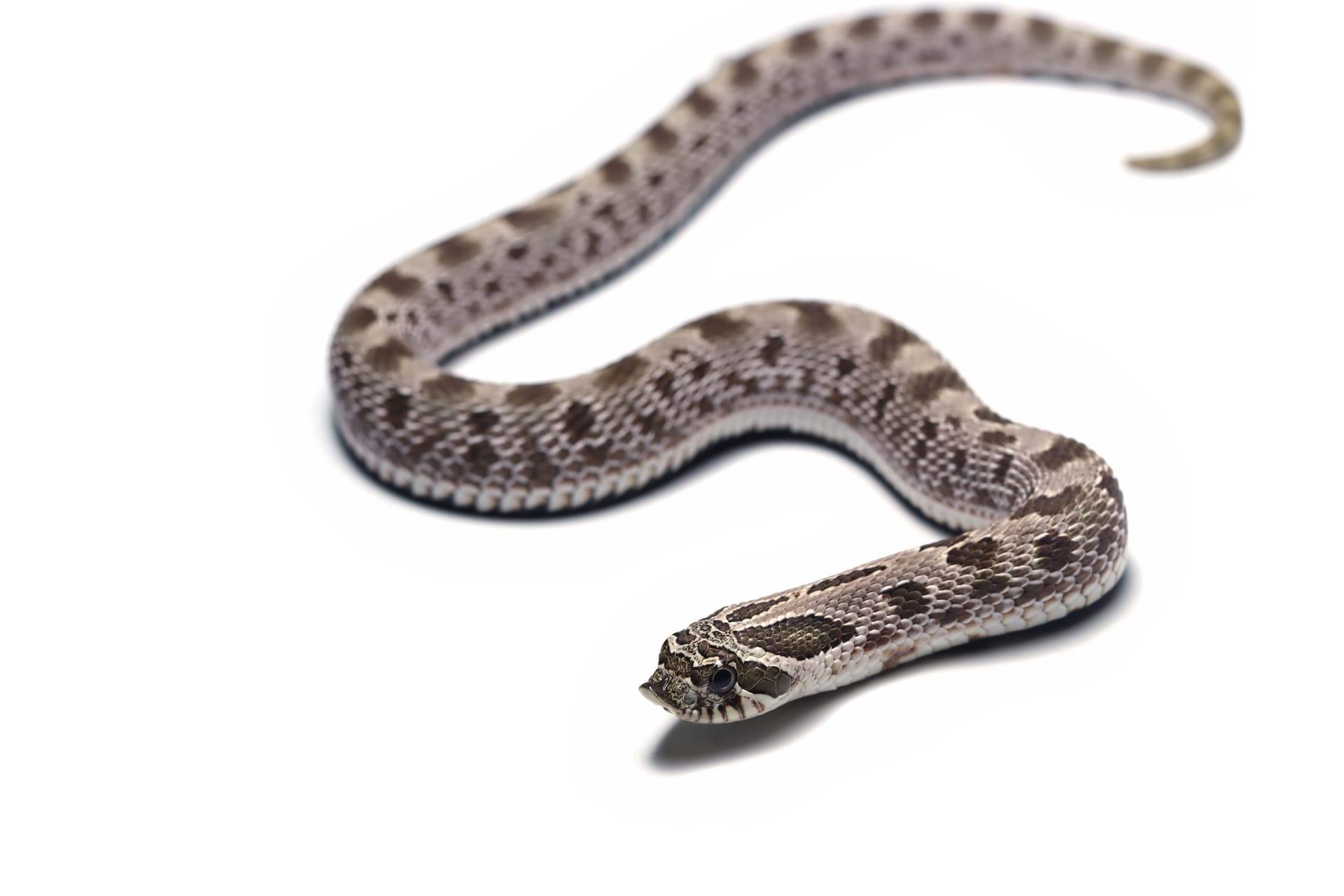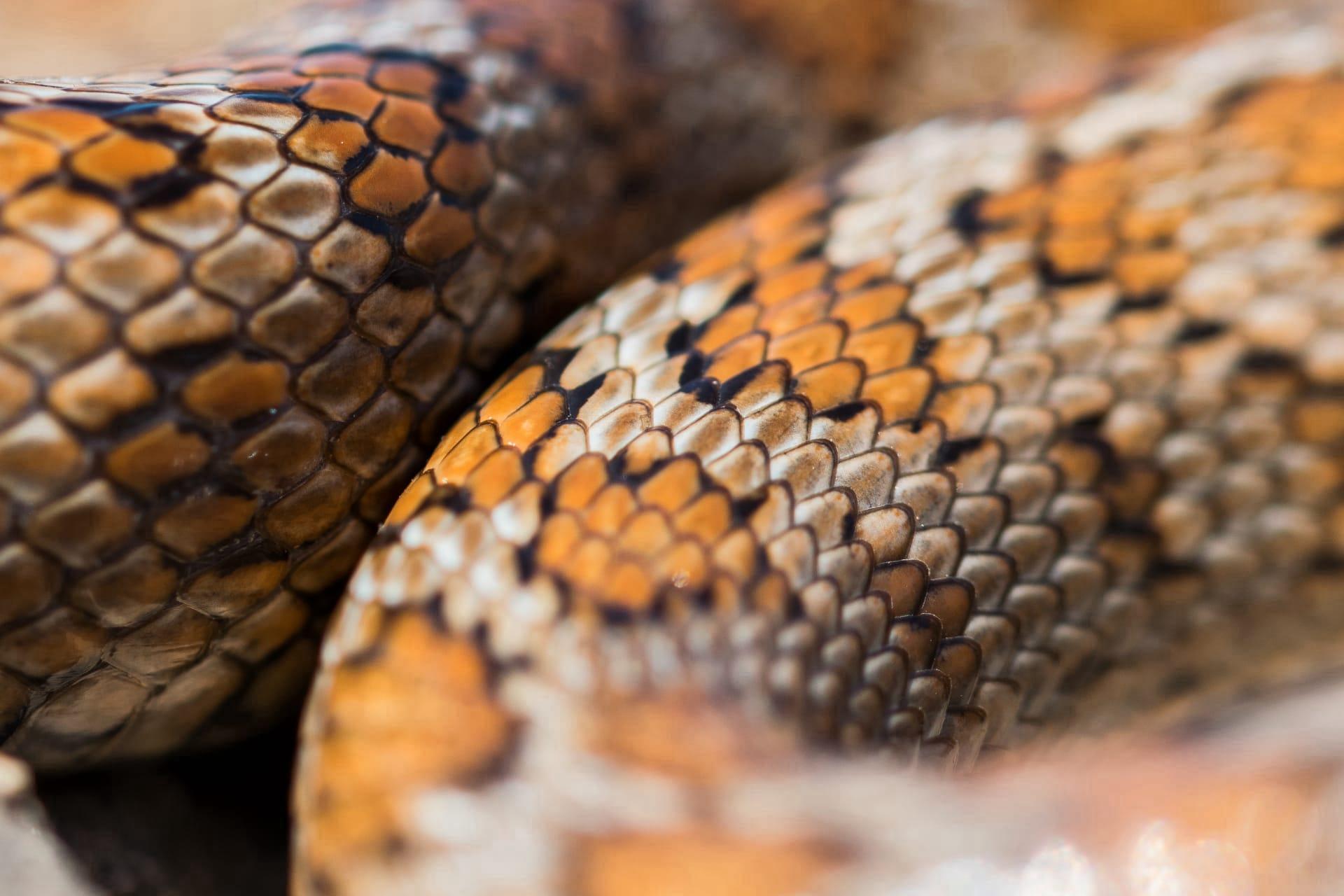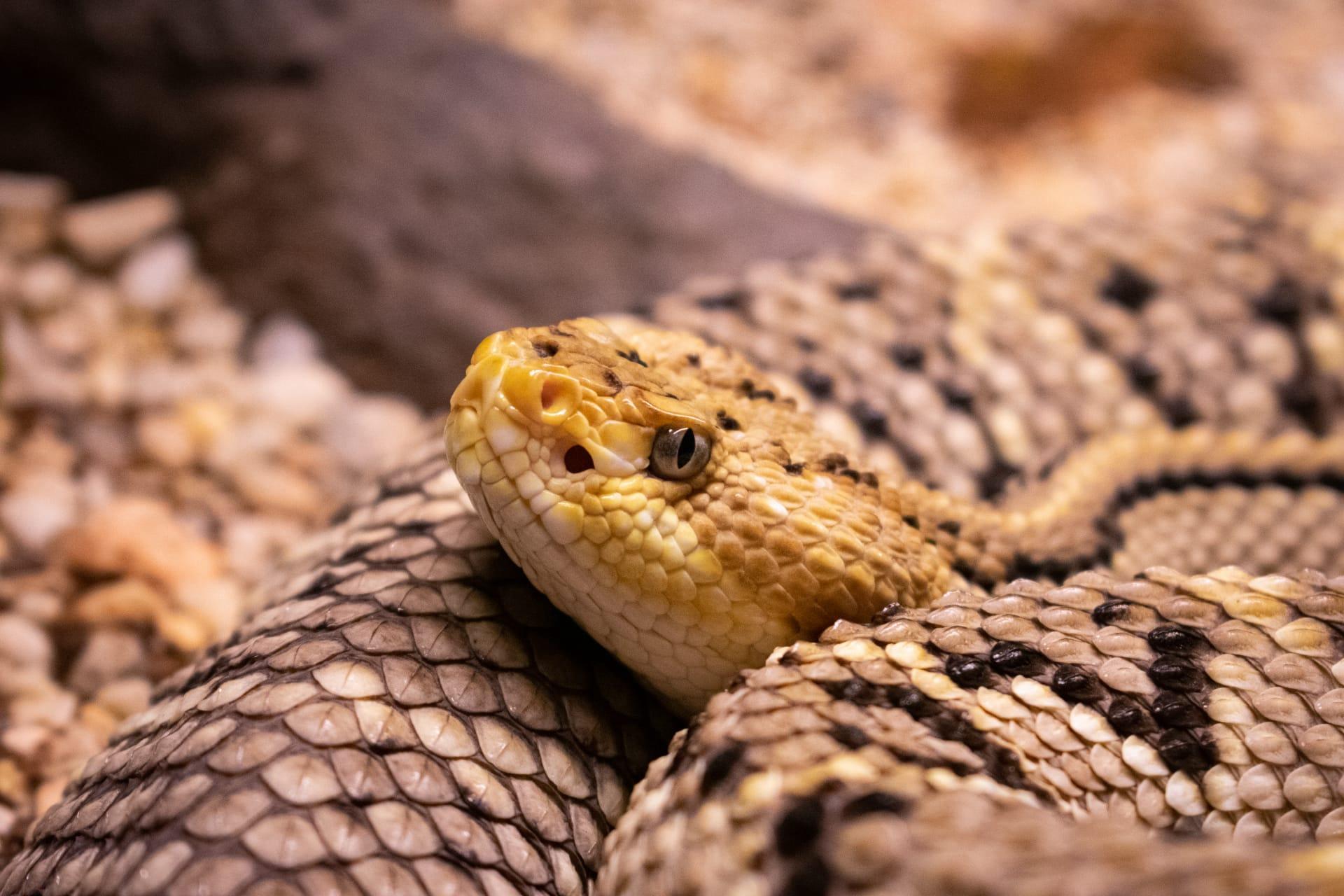Hognose Snake
- Home /
- Mini Encyclopedia /
- Animal /
- Hognose Snake
1
Hognose Snakes, scientifically classified under the genus Heterodon, are a unique group of colubrid snakes known for their upturned snouts and varied behaviors. This genus includes species like the Eastern Hognose (Heterodon platirhinos), Western Hognose (Heterodon nasicus), and Southern Hognose (Heterodon simus). They belong to the family Colubridae, which is the largest snake family and encompasses many non-venomous species in North America.
Hognose Snakes are primarily found in North America, with their range extending from southern Canada to northern Mexico. The Eastern Hognose is widespread in the eastern United States, while the Western Hognose predominantly inhabits the central and western regions. Southern Hognose Snakes are more localized, found in the southeastern United States. Their habitats vary from arid deserts and prairies to forests and coastal areas, demonstrating their adaptability to different environments.

2
Question: Are Hognose Snakes venomous and dangerous to humans?
Answer: This is a common misconception. Hognose Snakes are often mistaken for venomous snakes, but they are relatively harmless to humans. They do possess mild venom, which is delivered through rear fangs and is effective primarily on their prey, such as amphibians and small mammals. However, their venom is not dangerous to humans. Their most distinctive defense mechanism is their 'bluff' behavior, where they flatten their necks, hiss loudly, and even play dead, rather than bite.

3
Hognose Snakes have a unique survival strategy that involves a combination of camouflage and theatrics. Their coloration, often a mix of browns, blacks, and yellows, allows them to blend into their surroundings effectively, aiding in both predation and evasion from predators. They are skilled burrowers and use their characteristic upturned snouts to dig in the soil for toads, their primary food source.
When threatened, Hognose Snakes display a fascinating array of behaviors. They may start by hissing and spreading their necks, mimicking venomous snakes like cobras. If this fails to deter a predator, they may roll over, open their mouth, and play dead, a behavior known as thanatosis. This act, complete with a foul-smelling secretion, often convinces predators that the snake is not a viable meal.

4
In their ecosystems, Hognose Snakes play a crucial role as both predators and prey. As predators, they help control the populations of their prey, primarily amphibians like toads and frogs, and sometimes small mammals and insects. This control is vital for maintaining ecological balance.
As prey, Hognose Snakes are a food source for larger predators such as birds of prey, larger snakes, and mammals like foxes and raccoons. Their presence in an ecosystem indicates a healthy balance of predator-prey dynamics and biodiversity, reflecting the overall health of the environment.

5
Film: "Hognose Haven" (USA, 2019) is a documentary that delves into the life of Hognose Snakes in their natural habitat. It showcases their unique behaviors, survival strategies, and the challenges they face in the wild. The film highlights the importance of conservation efforts for these snakes and their habitats.
Book: "Hognose Snakes in the Wild" (USA, 2021) by Dr. James R. Wilson, provides a comprehensive look at the biology, behavior, and conservation of Hognose Snakes. It offers insights into their ecological role and the importance of preserving their natural environments.
Book: "The Secret World of Snakes: Hognose Insights" (Canada, 2023) by Emily Saunders, is an engaging exploration of Hognose Snakes. The book combines scientific research with stunning photography, giving readers an in-depth understanding of these unique snakes and their significance in the ecosystem.